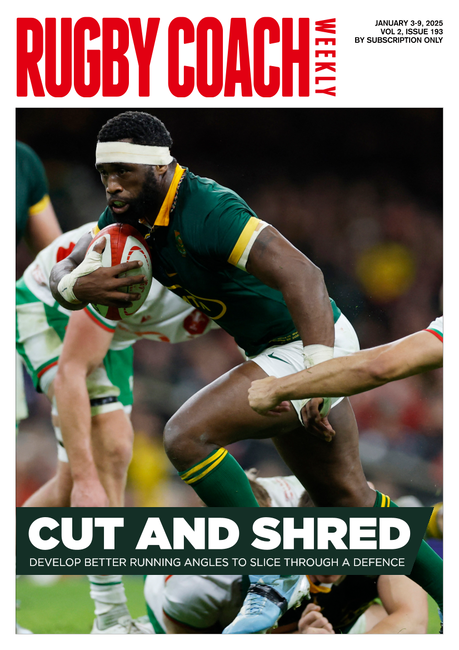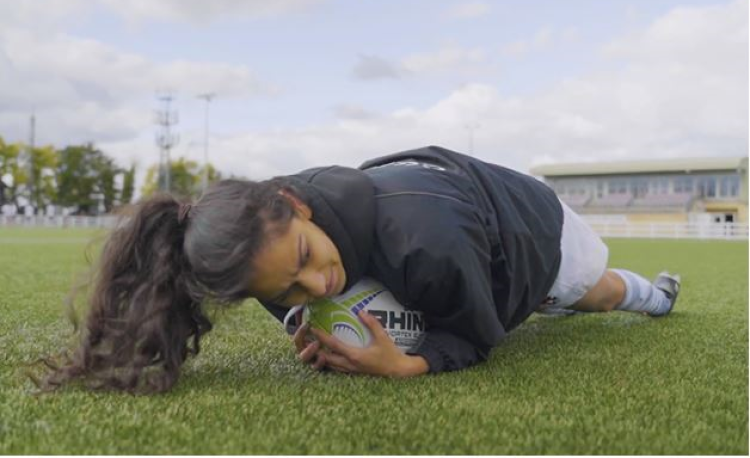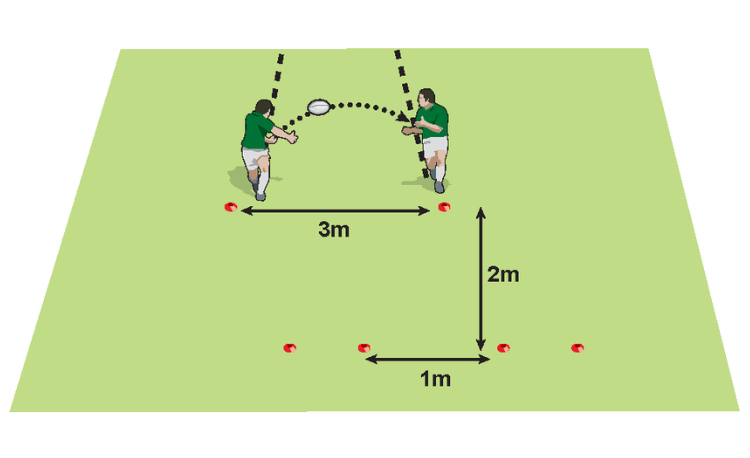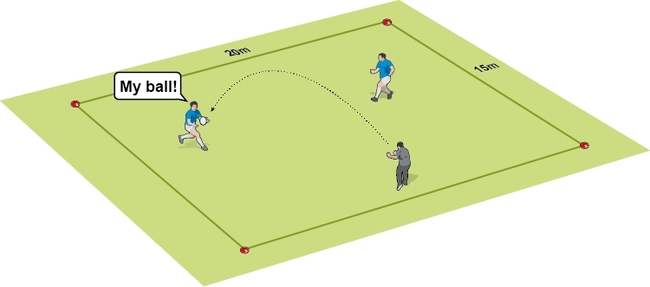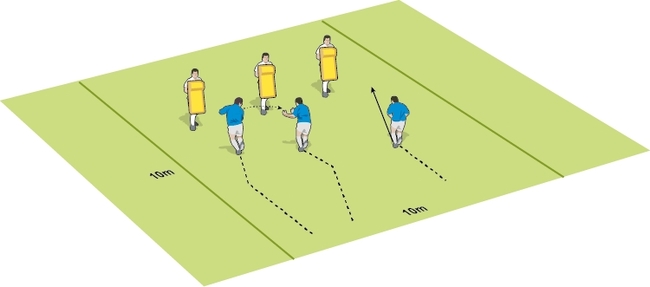Top tips to be tackling ready for the new rugby season

I have put together some non-contact tips on how I would work to improve the tackle technique for my players.
STARTING WITH THE BASICS
In my opinion, 80% of the tackle is made in the lead up to the tackle with the final 20% being the tackle technique itself. If you can get into good positions on the pitch and get into a safe and effective body position without being fatigued, you have a higher chance of making a safe and effective tackle throughout a match.
1 PLAYER’S SPEED
I would start by developing the player’s speed. Speed is a great predictor of overall performance, and it is massively important in the tackle. If you can take the space away from an attacker quickly, you reduce the chance of them building speed, and therefore making the tackle harder to complete. If you reduce the pace of the attacker, you increase the amount of time you have to make a decision.
ACTIVITY
Work on 5 metre and 10 metre sprints. Use two cones to mark out the distance and run as if a lion is chasing you to get through the line, taking your time to slow down. Walk back to the beginning and repeat for 3-5 times, 2-3 sets. You can increase the difficulty by racing a friend or a teammate.
2 CHOPPING FEET
Next up, slowing down or chopping feet. There is no use being fast and not having the skills to slow down and get into a good body position to make a tackle. All that happens is you either end up running past the player when they step you or you are too high in the contact resulting in either being bumped off or giving away a penalty.
Once you have taken the space away from the attacker you need to slow down by "chopping feet" - this is where foot speed increases and you take small steps, keeping the feet underneath the centre of mass in a tower of power position (a strong scrummaging position). Personally, I think we all neglect the importance of this skill.
ACTIVITY
A simple way to work on this is to race to a cone. Run fast towards the cone and try to stop exactly on the cone in the tower of power position. Walk back to the start position and repeat 3-5 times before having a rest. To increase difficulty, try racing a friend or teammate and seeing who can finish on the cone in the fastest time.
3 FOOTWORK AND AGILITY
Lastly and very importantly, is footwork or agility. Tackling is simple when players run directly at you, you can get into a good position and complete the tackle effectively. Where it becomes difficult is when there is an increased level of decision making and the attacker tries to go around you.
To make a successful tackle you need to combine points 1 and 2 with this final tip of footwork. When changing direction to make a tackle it is important to keep the feet moving. What a lot of players tend to do is take the space away through speed and slowing down effect to then plant their feet before making a tackle, usually resulting in having to dive for the player, increasing the chances of a failed attempt.
So when we are in the final stages of point 2, and even if you have completely stopped moving forward you should keep your feet moving with small steps to allow you to make the correct decision and change direction to make the tackle.
ACTIVITY ![]() A simple game you can play for this is mirroring. With a friend, mark out a 5x10 box with a halfway line in the middle to make 2 5x5 boxes. One player goes first as the attacker and moves around their 5x5 box staying square and facing the defender.
A simple game you can play for this is mirroring. With a friend, mark out a 5x10 box with a halfway line in the middle to make 2 5x5 boxes. One player goes first as the attacker and moves around their 5x5 box staying square and facing the defender.
The defender must then try and mirror the movement of the attacker, while the attacker is trying to lose the defender. Once you have it done for 30 seconds, have a break and then swap positions. To start with, the attacker should move at 50% of their maximum speed, working up to 75/80% to make it more difficult. You can complete this 3-5 times per session.
Premium Books
Newsletter Sign Up
Coaches Testimonials

Gerald Kearney, Downtown Las Vegas Soccer Club

Paul Butler, Florida, USA

Rick Shields, Springboro, USA

Tony Green, Pierrefonds Titans, Quebec, Canada
Subscribe Today
Be a more effective, more successful rugby coach
In a recent survey 89% of subscribers said Rugby Coach Weekly makes them more confident, 91% said Rugby Coach Weekly makes them a more effective coach and 93% said Rugby Coach Weekly makes them more inspired.
Get Weekly Inspiration
All the latest techniques and approaches
Rugby Coach Weekly offers proven and easy to use rugby drills, coaching sessions, practice plans, small-sided games, warm-ups, training tips and advice.
We've been at the cutting edge of rugby coaching since we launched in 2005, creating resources for the grassroots youth coach, following best practice from around the world and insights from the professional game.


